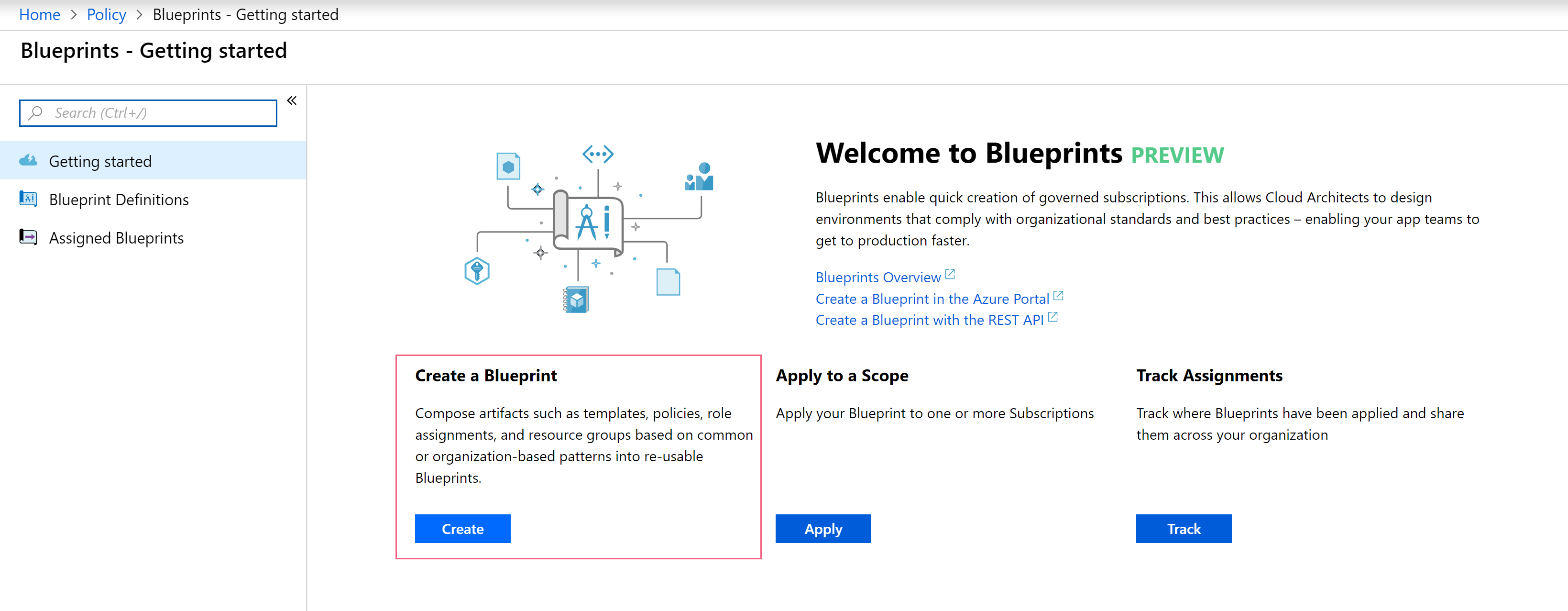Azure Blueprints and Azure Resource Locks

Azure Blueprints:
Azure Blueprints is a service provided by Microsoft Azure that helps streamline the process of deploying and managing Azure resources. It allows you to define a set of Azure resources, such as virtual machines, storage accounts, and networking components, as a blueprint. This blueprint can then be used to create consistent, repeatable environments that adhere to organizational standards, compliance requirements, and best practices.
With Azure Blueprints, you can define the infrastructure and configuration of your Azure environment in a declarative manner. This includes the definition of resource groups, policies, role assignments, Azure Resource Manager templates, and other artifacts required for your application or solution.
The main features and benefits of Azure Blueprints include:
- Reusability and Consistency: You can define a blueprint once and apply it to multiple subscriptions or environments, ensuring consistent deployment and configuration across your organization.
- Policy Compliance: Azure Blueprints allows you to enforce policies and apply governance controls by including Azure Policy definitions in your blueprints. This ensures that the deployed resources adhere to your organization’s compliance and security requirements.
- Versioning and Lifecycle Management: Blueprints support versioning, so you can track changes and updates to your infrastructure over time. You can also define the blueprint’s lifecycle, including publishing, assigning, and decommissioning.
- RBAC and Permissions: Blueprints enable you to define role-based access control (RBAC) assignments, ensuring that the appropriate permissions are granted to users or groups for managing the blueprint and associated resources.
- Automation and Deployment: Azure Blueprints integrate with Azure DevOps and other automation tools, allowing you to automate the deployment and management of your blueprints and associated resources.
Overall, Azure Blueprints provide a structured and standardized approach to deploying and managing Azure resources, reducing the complexity and manual effort involved in setting up environments while ensuring compliance and governance.
Azure Resource Lock:
Azure resource locks are a feature provided by Microsoft Azure that allows you to impose restrictions on Azure resources to prevent accidental deletions or modifications. A resource lock can be applied at different levels of scope, such as the subscription, resource group, or individual resource level. Once a resource lock is applied, it helps safeguard the resource from being altered or deleted without explicit permission.
Azure resource locks come in two types:
- CanNotDelete: This type of lock prevents the deletion of a resource. It ensures that the resource and its associated data remain intact and cannot be accidentally or maliciously removed.
- ReadOnly: A ReadOnly lock prohibits any modification to a resource, including both read and write operations. It allows you to enforce strict read-only access control on a resource, ensuring that no changes can be made to it.
Resource locks offer several benefits:
- Accidental Deletion Prevention: By applying a CanNotDelete lock, you can protect critical resources from being accidentally deleted. It adds an extra layer of safety, reducing the risk of data loss or disruption caused by unintended actions.
- Change Control and Compliance: ReadOnly locks help enforce strict change control policies. By preventing modifications to resources, they can assist in maintaining compliance with regulatory requirements and governance standards.
- Operational Stability: Resource locks provide stability by preventing unauthorized or inadvertent modifications. They ensure that resources remain in a desired state and prevent unexpected changes that could impact the functionality or performance of an application or solution.
It’s important to note that resource locks are not a substitute for proper access controls and permissions. They are designed to complement security measures and governance practices. It’s crucial to grant appropriate permissions and manage access control for users or roles responsible for managing and modifying resource locks.
Resource locks can be managed through the Azure portal, Azure PowerShell, Azure CLI, or Azure Resource Manager templates, allowing you to apply, modify, or remove locks as needed.
Combine Azure Blueprints with resource locks:
Absolutely! You can combine Azure Blueprints with resource locks to enhance the governance and control of your Azure resources. Resource locks are a feature in Azure that allow you to apply restrictions on resources to prevent accidental deletion or modifications.
By using resource locks in conjunction with Azure Blueprints, you can add an additional layer of protection and enforce the desired level of control over your blueprint-defined resources. Here’s how you can combine these features:
- Apply Resource Locks within Blueprints: When defining your Azure Blueprint, you can include resource locks as part of the blueprint definition. This ensures that the assigned locks are automatically applied to the resources created through the blueprint. You can specify the lock type, such as CanNotDelete or ReadOnly, and the level of scope, whether it’s at the subscription, resource group, or individual resource level.
- Enforce Locks during Blueprint Assignments: When assigning a blueprint to a subscription or resource group, Azure Blueprints can automatically apply the defined resource locks to the appropriate resources. This helps to maintain the desired level of protection and prevent accidental modifications or deletions.
- Manage Locks in Blueprint Updates: When updating a blueprint, you can modify the resource locks as needed. Azure Blueprints will ensure that the new locks are applied to the resources during the next assignment or update process.
By leveraging resource locks with Azure Blueprints, you can establish an additional layer of governance and prevent unauthorized or accidental changes to critical resources. This combination helps to maintain the desired configuration and compliance standards set by your organization.
It’s important to note that resource locks should be used judiciously and with proper planning, as they can restrict actions and potentially impact operational tasks if not managed carefully. Ensure that appropriate permissions and access controls are in place to manage and modify the resource locks as needed.








